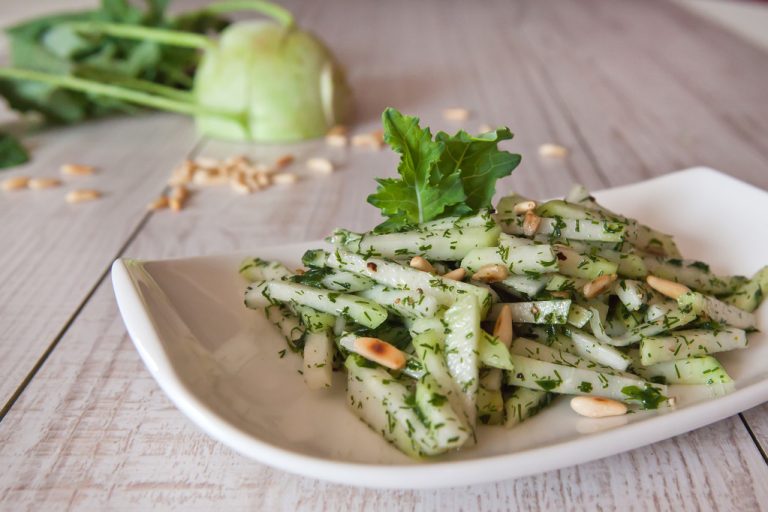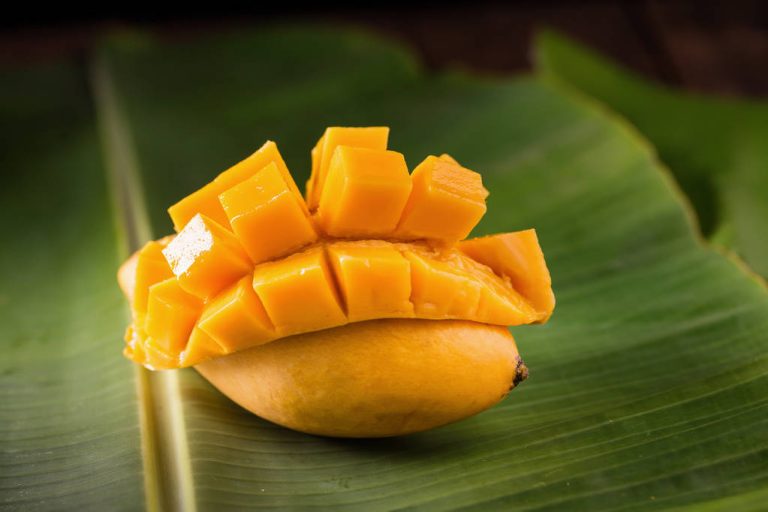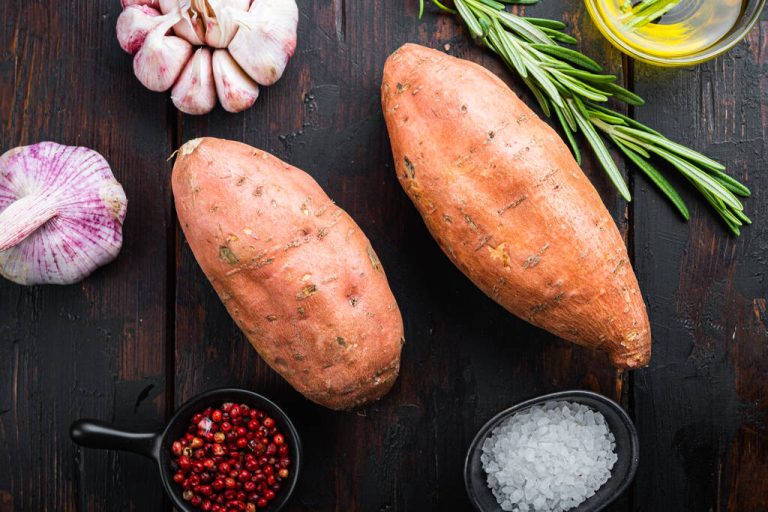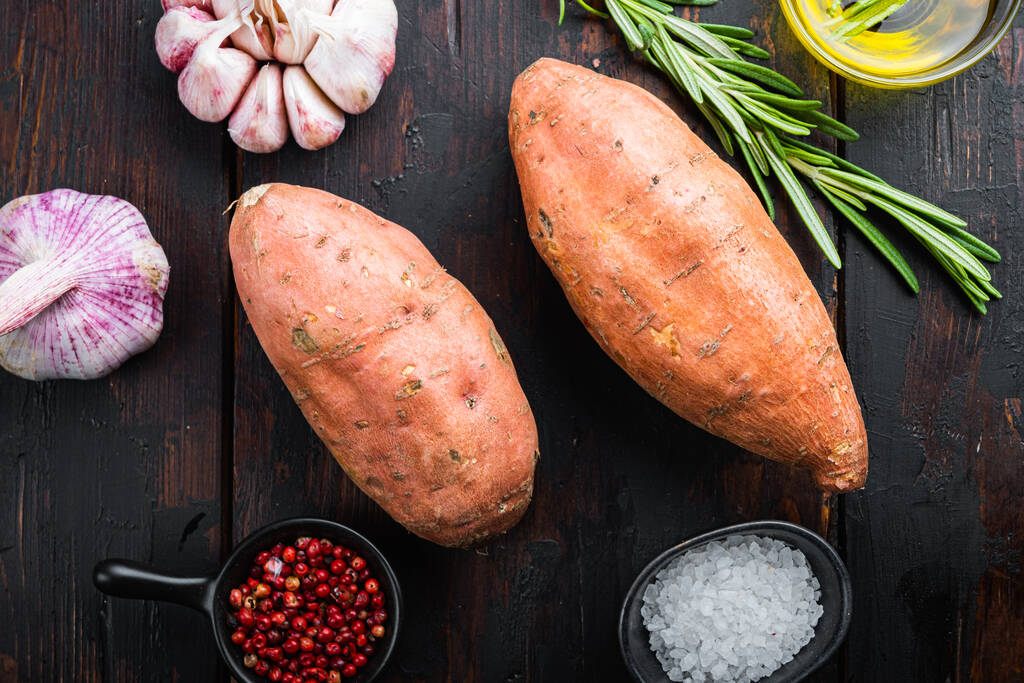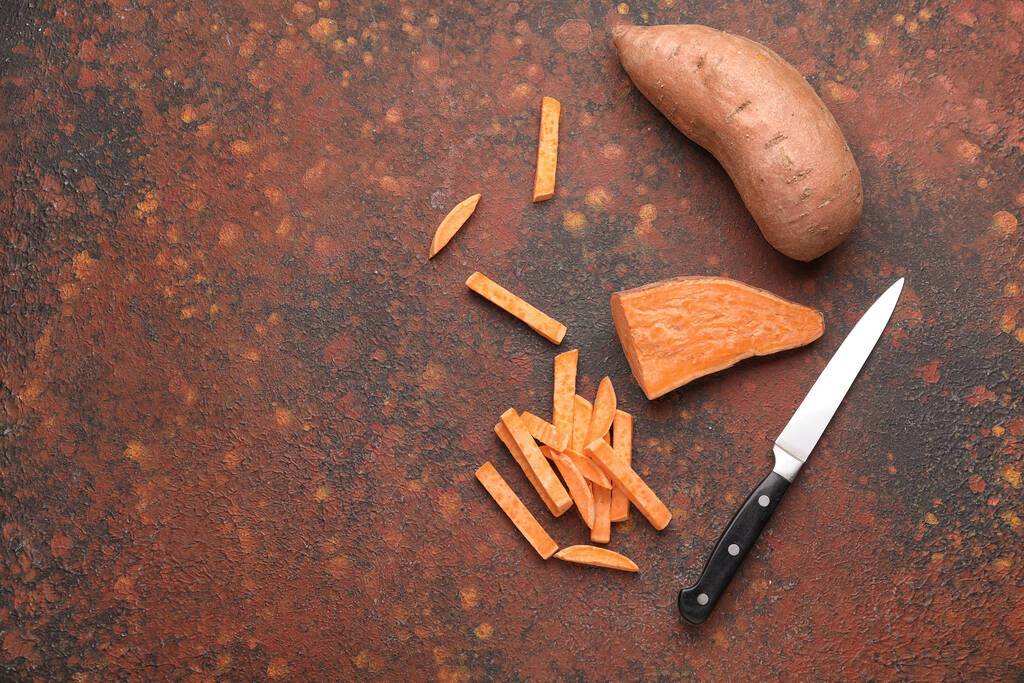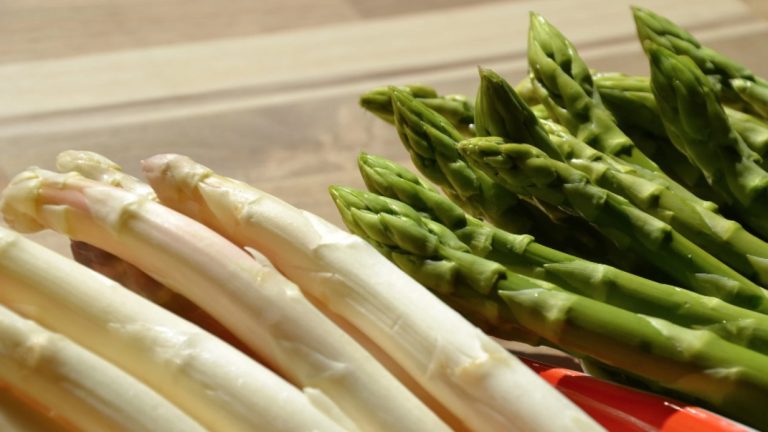Instructions and tips for peeling yourself. Because natural body peeling or facial peeling is not only sustainable but also does without harmful ingredients and unnecessary packaging waste. Use creative recipe ideas with natural home remedies for peeling production and ensure effective skincare.
Skincare with a scrub
Most people want beautiful, smooth and supple skin. Because that has a positive effect on your well-being and your own charisma. But the reality often looks different. Skin blemishes can occur especially in different age phases, such as puberty. Pigment spots, pimples, enlarged pores, or wrinkles on the face can also be unwelcome companions.
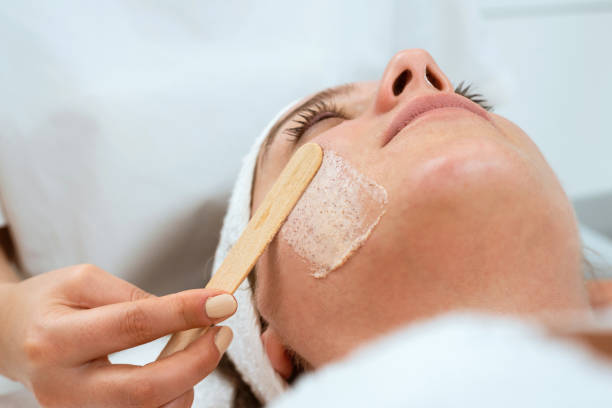
On the other hand, peeling can help to improve the complexion. With a peeling treatment, dirt and dead skin cells are removed. As a result, the skin becomes smoother and firmer. In addition, the pores become finer and the depth of the wrinkles can also be reduced by peeling.
Application and instructions for peeling
If you want to do something good for your skin and improve your complexion, then skincare with peeling is just right for you. The application is very simple and you only have to pay attention to a few things. So, use the following guide to applying scrubs to your skin:
- Face peeling: First, wash your facial skin well. After that, however, do not use creams or toners. Now apply the peeling to dry and clean skin is very gentle circular movements. Give yourself about two to three minutes to rub it in. Since the peeling ingredients are quite coarse-grained, avoid applying too much pressure. Otherwise, redness may occur. It is also important to avoid the eye area. After rubbing in, the mixture can remain on the skin for a few minutes like a mask. Then gently wash it off with warm water.
- Body peeling: You can also use any facial peeling as a full-body peeling. When making your own peeling, you should only pay attention to the higher amount required. Then proceed as described above and leave out sensitive parts of the body. It is also recommended to use it in the evening if redness occurs, but it disappears after a few minutes.
Make your own peeling ideas
In order to be able to make a peeling yourself, you only need coarse-grained ingredients (sugar, salt, sand) for the abrasion of the skin. And some lubricant, such as oil, yogurt, or quark to soothe and care for the skin. You have most of the ingredients ready to hand in the household, which makes the production so easy and quick. So let yourself be inspired by the following recipe ideas for homemade scrubs:
1) Olive oil, sugar, and honey scrub
You can make an effective peeling with 2 tablespoons of pure olive oil, 1 teaspoon of sugar, and 1 teaspoon of healthy honey. To do this, mix the ingredients in a bowl until a solid mass is formed. However, the sugar should not dissolve in the process. Consequently, all components of the scrub should be at room temperature. If you are using the scrub on larger areas of the body than the face, you will need to use more olive oil, sugar, and honey according to the proportions above.
2) Make a sea salt and oil scrub
Making a peeling yourself is even easier: Take a few teaspoons of normal salt or sea salt and add some oil. The oil gives your skin pleasant moisture. Depending on which oil you use, the skin also gets additional nutrients. So simply stir the mass well so that a creamy substance is formed. Then massage it into the skin. If you want a great scent, add the essential oil of your choice. Learn more about healthy oils and their effects.
3) Make your own peeling with quark
Since quark is known as a tried and true remedy, use it to make scrubs. Accordingly, mix some quark with sand. You can also use well-tolerated healing earth as an abrasion tool. The finer the sand, the more sand you can use. If the sand is not so coarse, this peeling is gentle on the skin. In addition, the quark provides your skin with plenty of nutrients and moisture, so that the skin becomes more supple after use.
4) Make your own refreshing peeling from coffee
For a nourishing body scrub, mix coffee grounds with olive oil to create a mushy paste. Then apply the peeling to your body with circular movements. Then leave it on the skin for about 15 minutes before rinsing it off with warm water. So you have effective skincare and can reduce orange peel skin thanks to the caffeine it contains.
5) Make scrub from coconut oil and sugar
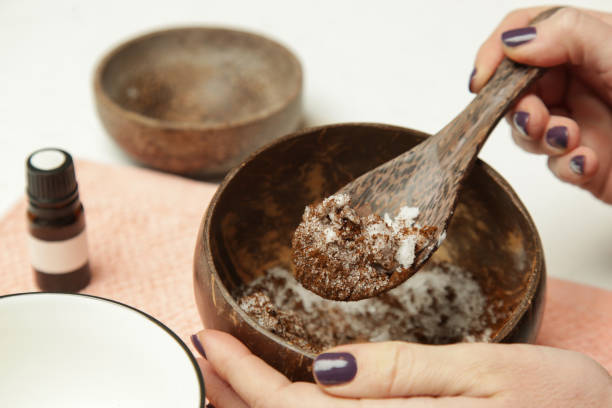
The miracle cure of coconut oil is also well suited for peeling yourself. For soft and tender skin, you must first heat 2 tablespoons of coconut oil in a water bath. Then you can stir in the sugar and massage it into your skin. But make sure it’s not too warm. After waiting a few minutes, you can gently rinse everything off.
The effect of peelings
After the peeling, the skin feels wonderfully soft and it is no longer necessary to apply the cream. The sugar removes dead skin cells. As a result, the skin looks fresh and impurities are treated preventively. Honey, olive oil, and quark also contain nourishing substances. Thus, the result of homemade peelings is a nourishing and sophisticated care product. You can use this anytime to promote healthy skin. In addition, note how you can make shampoo yourself and how sustainable shower gel production can be achieved.



